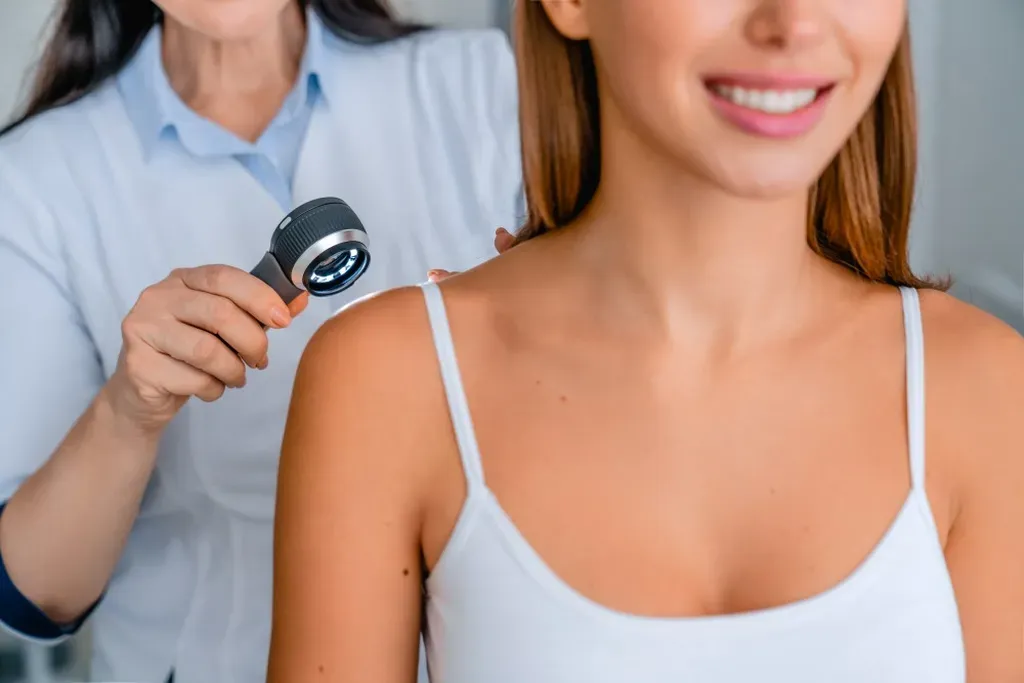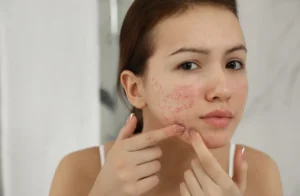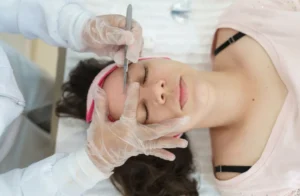Skin cancer is among the most common types of cancer, and when it’s detected early, the survival rate is very high. Here’s what you need to know about skin cancer self-exams, screenings, and testing.
According to the Skin Cancer Foundation, 20% of Americans will develop skin cancer by the age of 70, which is scary. The good news is that when it’s detected early, the five-year survival rate for melanoma (a type of skin cancer) is 99%.
The providers at kalon Dermatology offer skin cancer testing, and we encourage you to perform regular self-exams at home. In this post we discuss what you should look for during those self exams, as well as what you should expect if you find something suspicious and need further testing.
Screening versus testing
A screening is looking for signs of an issue, condition, or disease before there’s a reason to think you have a problem. Screenings are important, and routine screenings for conditions have helped people remain healthy for longer. Screenings don’t always happen in your doctor’s office, though.
You can give yourself regular skin cancer screenings, and you certainly should if you have the following risk factors:
- You have had more than five sunburns in your life.
- You’ve had sunburns that blistered, especially when you were a child or teenager.
- You have fair skin that burns and freckles.
- You have light colored eyes.
- You’re frequently exposed to UV rays in natural or artificial sunlight.
- You have blonde or red hair.
- You have lots of moles.
- You have a family history of melanoma.
During a self exam, you should look at all of your skin, including places like the soles of your feet that you don’t usually see. If you notice anything unusual, like a mole that has changed shape or color, areas of skin that are oozing, bleeding, scaly, or crusty, or if you have painful moles or shiny pink, white, or translucent bumps, you should schedule an appointment at kalon Dermatology for further testing.
Skin testing
There are several different types of skin testing, including biopsies and imaging tests. Our providers decide which type of test is best for you based on your skin, medical history, and symptoms.
Your provider may recommend an excisional biopsy, in which the entire growth is removed and tested; a shave biopsy, which involves shaving off the top layers of the growth; or a punch biopsy, in which we remove a tiny, circular piece of tissue for testing. In some instances we may ask for imaging tests, like CT scans, X-rays, or MRIs.
We always discuss the test with you in detail before you have it, and we use anesthetic to numb the area. Since each biopsy is a bit different, we provide specific care instructions for after the test.
Although having a biopsy isn’t at the top of anyone’s list of fun things to do, it’s crucial if your provider finds something suspicious during a skin cancer screening. Early detection and treatment enormously improve your likelihood of recovering from skin cancer.
If you would like to learn more about how to do a self-exam, you’d like to have a professional perform your screening, or you’ve noticed something unusual on your skin, call or message kalon Dermatology in Brooklyn, New York, today.








